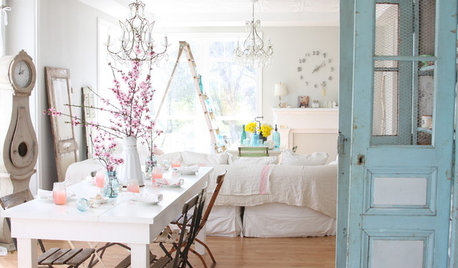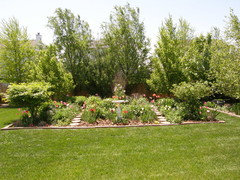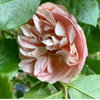Has anyone used Rose-tone
father_o_4
18 years ago
Featured Answer
Comments (19)
diane_nj 6b/7a
18 years agomichaelg
18 years agoRelated Professionals
Seabrook Landscape Architects & Landscape Designers · Suffern Landscape Architects & Landscape Designers · San Juan Landscape Architects & Landscape Designers · Addison Landscape Contractors · Azalea Park Landscape Contractors · Cornelius Landscape Contractors · Danvers Landscape Contractors · Duarte Landscape Contractors · Elkridge Landscape Contractors · Hendersonville Landscape Contractors · Hilton Head Island Landscape Contractors · Lyndhurst Landscape Contractors · Tamarac Landscape Contractors · Waipahu Landscape Contractors · Wickliffe Landscape Contractorssusan4952
18 years agoRuth_pa5
18 years agodiane_nj 6b/7a
17 years agolifelover1972
17 years agokris2082
10 years agostrawchicago z5
10 years agokris2082
10 years agostrawchicago z5
10 years agokris2082
10 years agostrawchicago z5
10 years agokris2082
10 years agostrawchicago z5
10 years agostrawchicago z5
10 years agostrawchicago z5
10 years agodani33
9 years agostrawchicago z5
9 years ago
Related Stories

DECORATING GUIDESThe Cure for Houzz Envy: Dining Room Touches Anyone Can Do
Get a decorator-style dining room on the cheap with inexpensive artwork, secondhand furniture and thoughtful accessories
Full Story
COLORS OF THE YEARPantone Has Spoken: Rosy and Serene Are In for 2016
For the first time, the company chooses two hues as co-colors of the year
Full Story
BUDGET DECORATINGThe Cure for Houzz Envy: Entryway Touches Anyone Can Do
Make a smashing first impression with just one or two affordable design moves
Full Story
COTTAGE STYLEHouzz Tour: Snug London Cottage Has a Spacious Feel
Natural light, an ingenious layout and plenty of space-saving tricks are the secrets to this compact home’s laid-back charm
Full Story
WOODKnotty and Nice: Highly Textured Wood Has a Modern Revival
Whether it's cedar, fir or pine, if a wood has a knot, it's hot
Full Story
KIDS’ SPACESWho Says a Dining Room Has to Be a Dining Room?
Chucking the builder’s floor plan, a family reassigns rooms to work better for their needs
Full Story
HOUZZ TVHouzz TV: This Dream Midcentury Home in a Forest Even Has Its Own Train
Original wood ceilings, a cool layout and, yes, a quarter-scale train persuaded these homeowners to take a chance on a run-down property
Full Story
LIFEHouzz Call: What Has Mom Taught You About Making a Home?
Whether your mother taught you to cook and clean or how to order takeout and let messes be, we'd like to hear about it
Full Story
GARDENING GUIDESLearn the Secret to Bigger and Better Roses
Grow beautiful roses using both ordinary and unusual soil amendments
Full Story
COLORBest Ways to Use Exclusive Plum, Sherwin-Williams’ Color of 2014
Pretty, moody, maybe even a neutral, this toned-down grayish purple can work in any room. Here's how
Full StoryMore Discussions













remy_gw